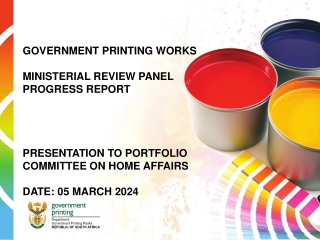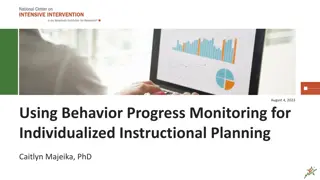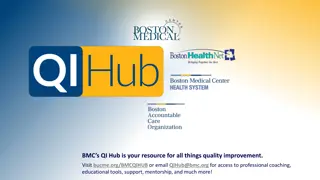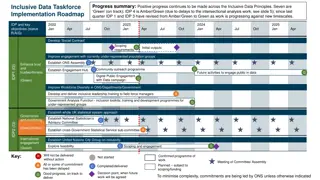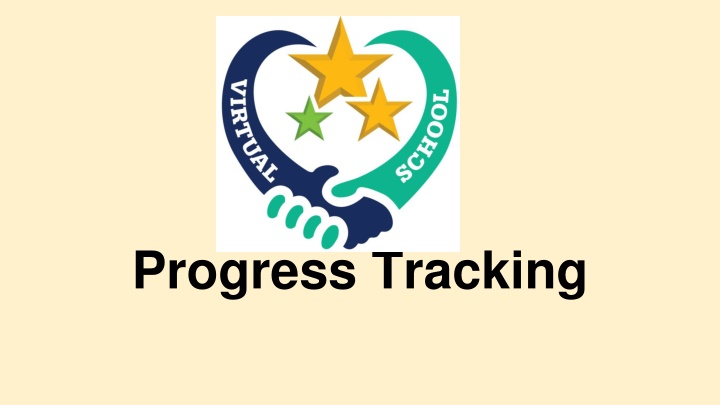
Enhancing Student Progress Tracking Strategies
Explore effective methods for progress tracking in schools, including designated teacher conversations, PEPs, termly progress reports, and Rapid Improvement Plans for Priority Intervention Pupils. Share your input on data recording practices for different key stages.
Download Presentation

Please find below an Image/Link to download the presentation.
The content on the website is provided AS IS for your information and personal use only. It may not be sold, licensed, or shared on other websites without obtaining consent from the author. If you encounter any issues during the download, it is possible that the publisher has removed the file from their server.
You are allowed to download the files provided on this website for personal or commercial use, subject to the condition that they are used lawfully. All files are the property of their respective owners.
The content on the website is provided AS IS for your information and personal use only. It may not be sold, licensed, or shared on other websites without obtaining consent from the author.
E N D
Presentation Transcript
Why? This is Sophie. This is Jake.
How? Data PEPs termly progress reports from Designated Teacher Conversations with Designated Teachers
PIPs and RIPs What happens next? If a student is identified as a Priority Intervention Pupil, the ESLAC team will get together and share information. We will then contact the Designated Teacher to arrange a meeting, and we will work together to draw up a Rapid Improvement Plan.
We need your input! How do your schools record data? KS1, KS2, KS3, KS4 Any suggestions

